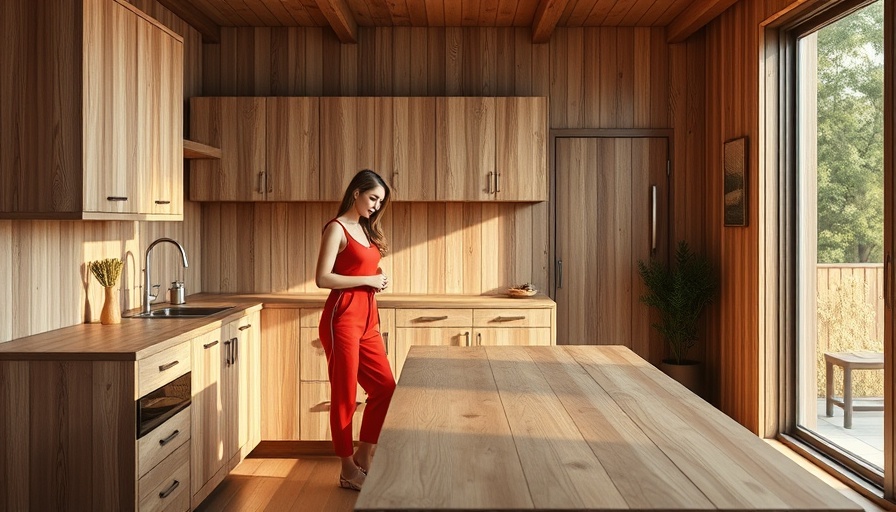
Why Can Lights? Understanding Their Role in Home Lighting
When it comes to home lighting, can lights, also known as recessed lights, are often a point of debate among homeowners and designers alike. If you're renovating or building from scratch, understanding how many can lights you need in a room can make all the difference. These fixtures, which sit flush against the ceiling, can provide excellent illumination when planned correctly; however, poor placement can lead to a cluttered appearance and unflattering light distribution.
Considerations for Choosing Can Lights
It's crucial to consider your room's architecture and aesthetic when deciding on the type and size of can lights. Many experts argue against older, bulky models that have a tendency to dominate the space visually. Instead, opting for smaller, 4-inch models can create a seamless look, particularly in spaces with low ceilings. Proper spacing is essential, as it ensures even light distribution, transforming an otherwise shadowy room into an inviting space.
Personal Experiences and Real-Life Applications
Reflecting on my own experiences, I learned that strategic placement can enhance both functionality and style. For example, in my minimalistic mountain house, I used sleek white 4” round can lights strategically distanced to eliminate dark corners while remaining unobtrusive. This thoughtful choice enhances the ambiance without being overwhelming – a happy medium between form and function.
The Importance of Layered Lighting
Incorporating can lights doesn't mean sacrificing the beauty of decorative lighting. In fact, a combination of can lights with ceiling fixtures such as chandeliers or pendants creates rich layers of light. This approach allows for versatile illumination options, supporting various activities from cooking to entertaining. For instance, using dimmers can create differing atmospheres, adjusting the ambiance for a dinner party or a cozy movie night.
Avoiding Common Mistakes
A word of caution: many homeowners fall victim to poor can light installation due to lack of initial planning. One common pitfall is failing to consult design professionals early in the renovation process. Neglecting to measure ceiling heights and the function of each room can lead to disjointed lighting setups that neither flatter the space nor serve its needs effectively. Before finalizing your design, ensure you assess both aesthetics and function to avoid costly and disruptive changes later.
Future Trends in Home Lighting
Lighting design continues to evolve, with more homeowners gravitating towards energy-efficient, smart lighting options. Can lights are becoming more refined and technology-savvy, with variations that allow for adjustable colors and brightness. As smart home technologies become ubiquitous, integrating can lights into a smart ecosystem can provide further customization and control over your home's ambiance, extending beyond mere functionality into realm of personal expression.
Final Thoughts
Ultimately, the question of how many can lights you need boils down to personal preference and specific room requirements. Balancing aesthetic appeal with practical lighting needs will ensure your space feels inviting, warm, and effective for daily tasks. When approached thoughtfully, can lights can transform spaces without compromising your home's character.
Are you preparing to renovate or build a space? Take these insights into account, and consult with professionals early in the planning process to create a lighting setup that enhances your home's beauty and functionality.
 Add Row
Add Row  Add
Add 




Write A Comment